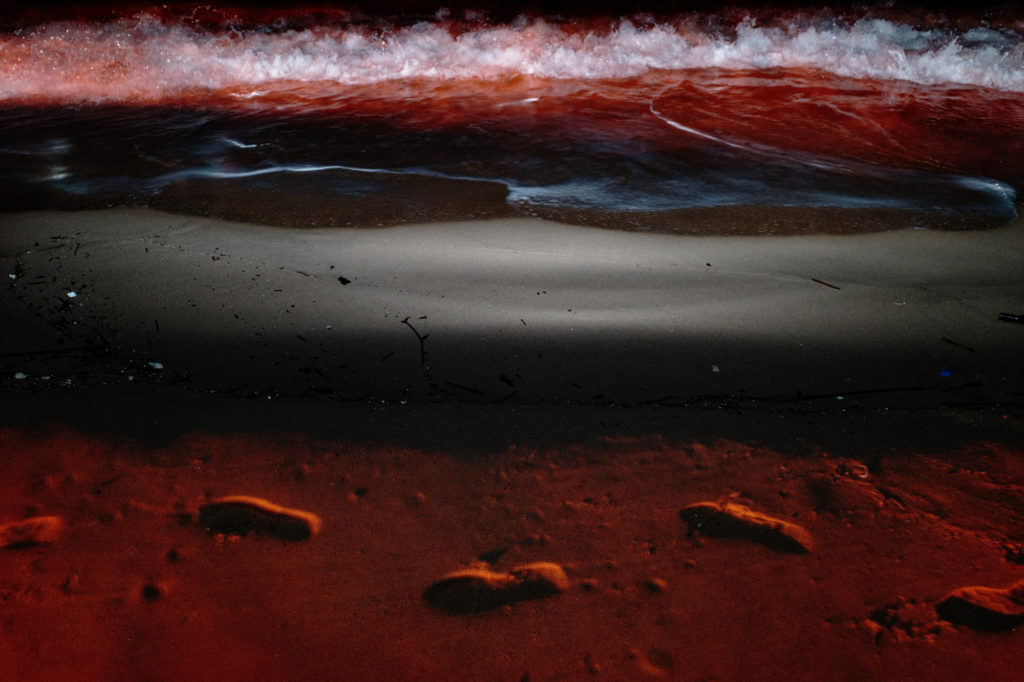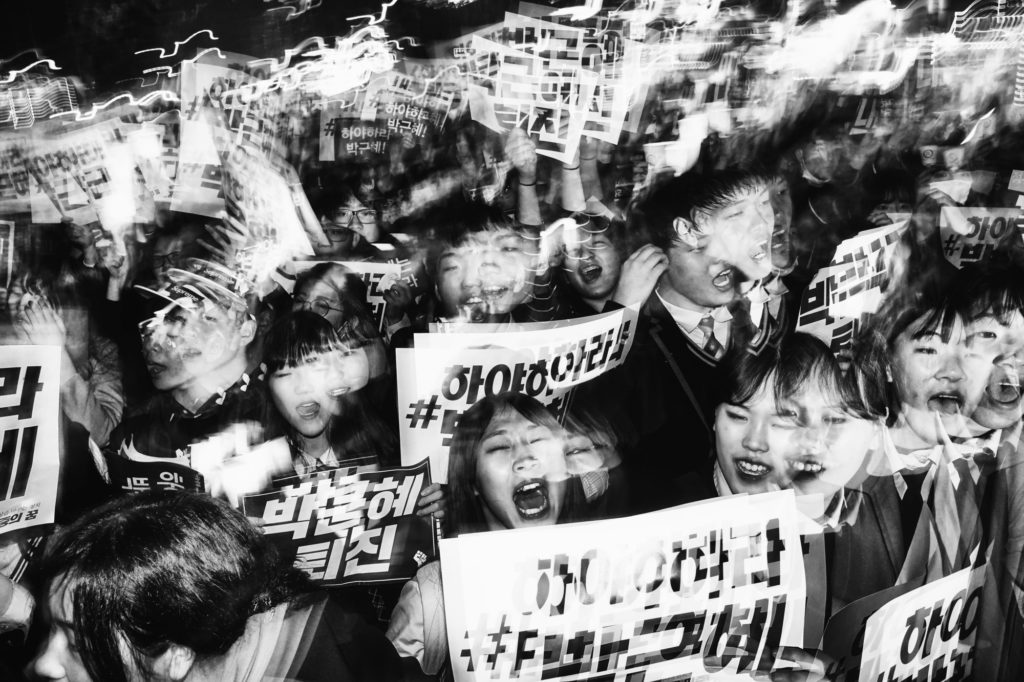
WHO?
My name is Argus Paul Estabrook. I am a bi-racial Korean-American photographer. Though I was born in Ulsan, South Korea, my family moved to a rural southern area of the United States when I was very young. My America was a farm with no neighbors. To help me cope with the isolation, I started photography as a hobby. I’ve studied it ever since.
While I was a grad student, I was lucky enough to meet the Chinese artist Xu Bing and he told me some advice that I’ve forever taken with me. It was, by seeing one’s own limitations, one is free to focus on areas in which only they can grow. So I try to find strength in my limitations; instead of seeing myself in a negative light as a mixed-race photographer, I embrace my identity as a creative “half-eye.” Philosophically, I sense my camera takes that feeling a step further in practice as it becomes an active interface between my outward observations and inward thoughts, creating a window of reality that is both open and reflective.
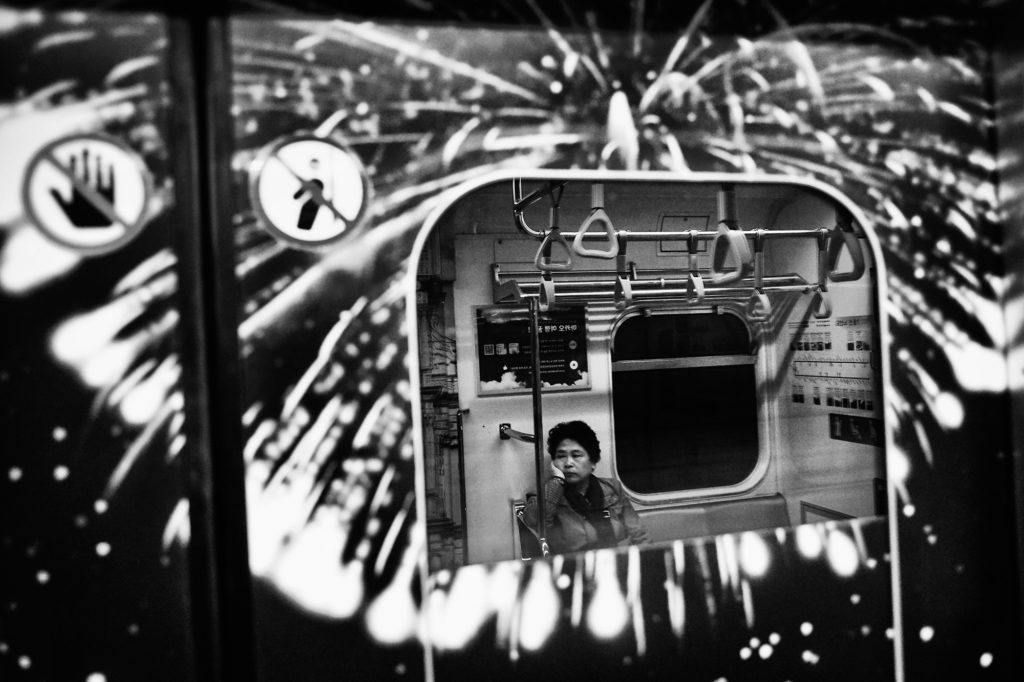
WHAT?
I like taking street photos with an open mind to where the day might take me. I enjoy energetic crowds. But I also like finding the whispers of wind that get caught in my ears when I’m walking alone or hearing a subtle joke in a quiet, lonely room. Regardless, what I hope I encounter when I’m shooting are different facets of Korean identity and culture that I couldn’t know about growing up in a small town famous for its support of the Confederacy. As I move forward in life, I’m trying to find parts of myself within the landscape around me. Practicing photography in South Korea is both an outward and inward journey.
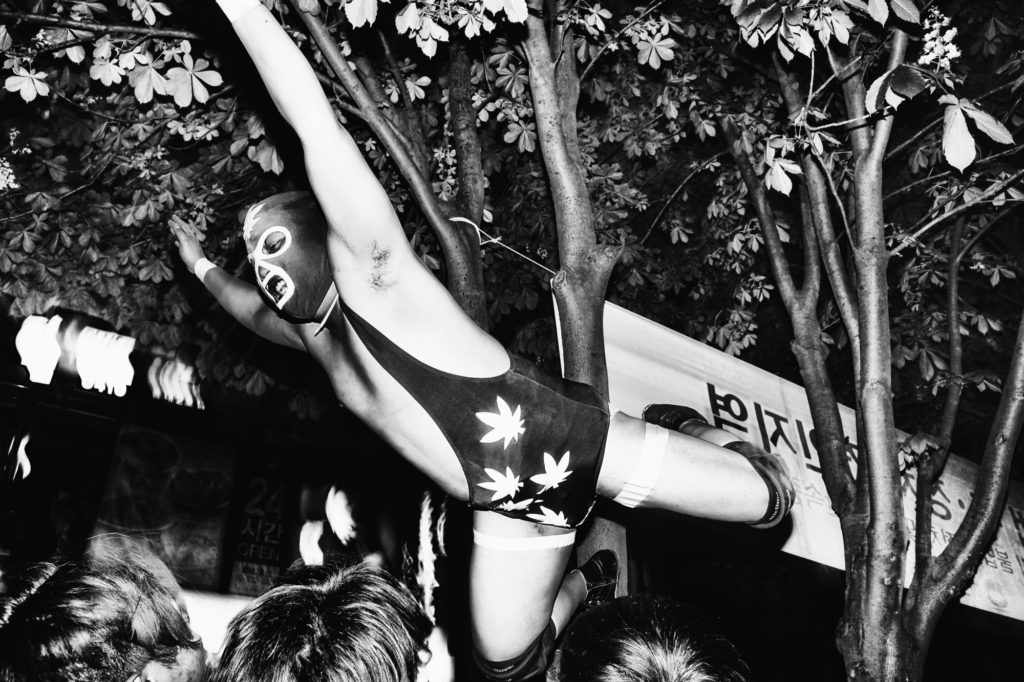
WHEN?
When I photograph, I sense a pull of urgency that I have to balance with patience. Looking thru the viewfinder, I imagine I’m part of an eclipse – not just with how I compose and photographically translate the moment – but also how my emotional self aligns with it. I also feel I have to navigate with the presence of time on my mind. When I’ve caught the right second to portray, I feel completely in sync with my surroundings. That’s when I feel I am supposed to take a photo; when there’s an opportunity to be part of something bigger than myself. Photography is a collaboration with space and time that communicates my personal sense of reality.
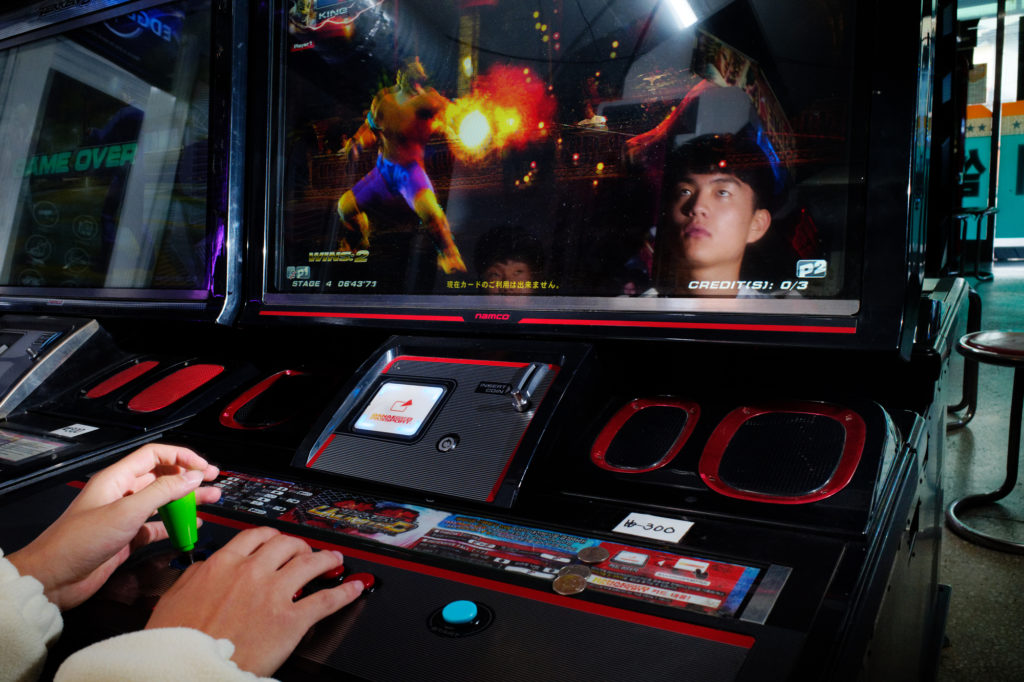
WHERE?
I photograph primarily in South Korea throughout the Seoul and Gyeonggi-do area. I like riding the metro and seeing all the people down in the tubes together. It makes me wonder, “Where are all these folks going?” Sometimes I’ll travel to a metro station I’ve near been to and use it as an excuse to photograph the surrounding area. Learning about a new place is my favorite kind of day.
As a street photographer, I also find myself making protest images. Continually I am fascinated by the energy that comes from large gatherings of people focused on one goal. I sense protesters somehow become a superorganism when enough of them assemble and express the same emotions at the same time together. In that space, photographers should go with the flow but also be mindful not to be swept up by everything happening all at once.
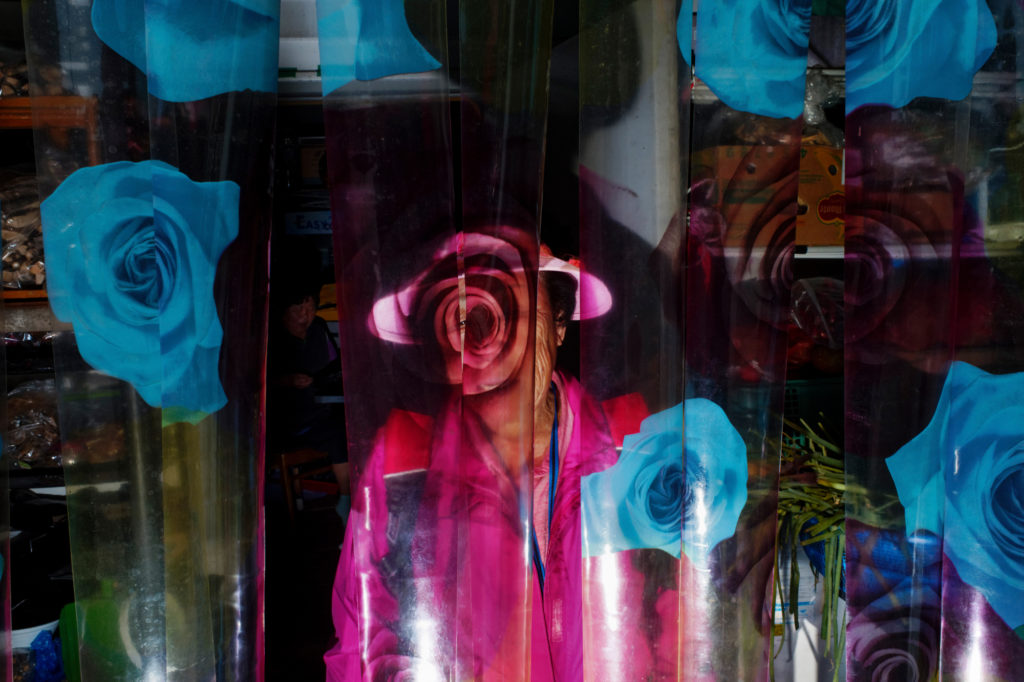
WHY?
At its core, I think street photography is the simple act of candid image-making in a public space or a private space with permission. Practicing it creates images—artifacts of a precise moment. While looking at them, I travel back to the past and recall the exact feelings I had then. For me, photography has become a way to organize my memories and my thoughts. It’s how I make sense of the world and my place in it. It’s my life.
